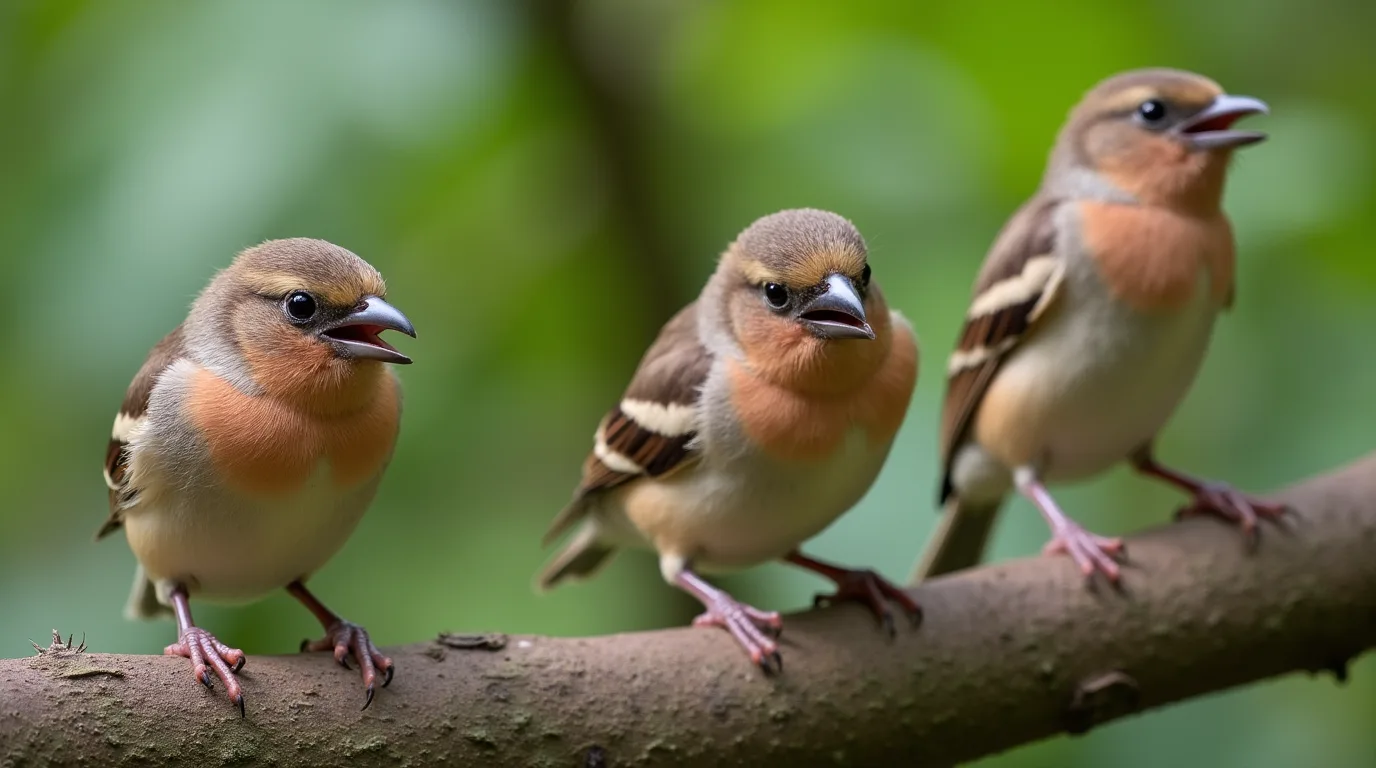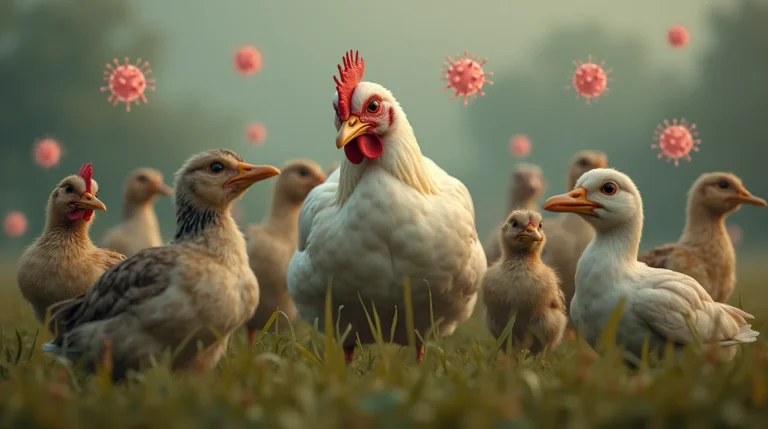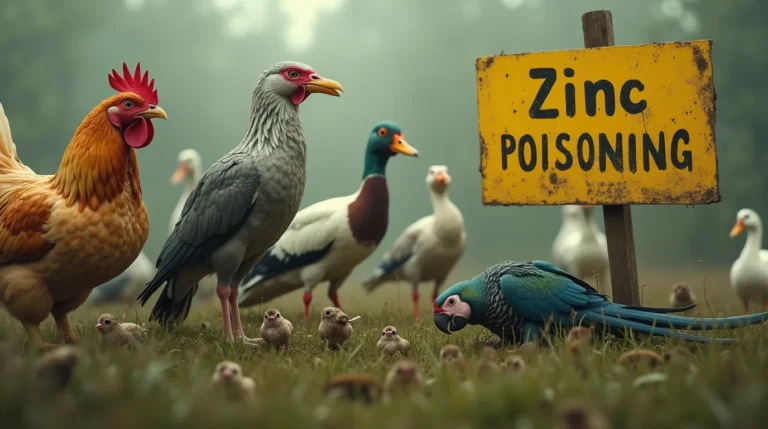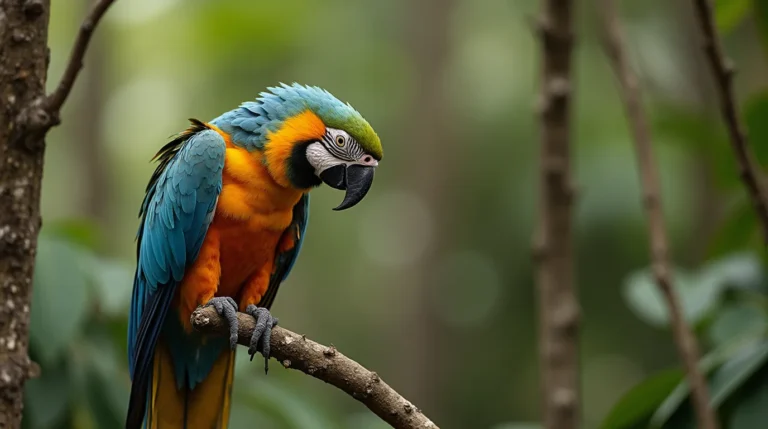Discover the critical signs, causes, and treatment of Salmonella in birds. Learn how to protect your feathered friends from this dangerous bacterial infection.
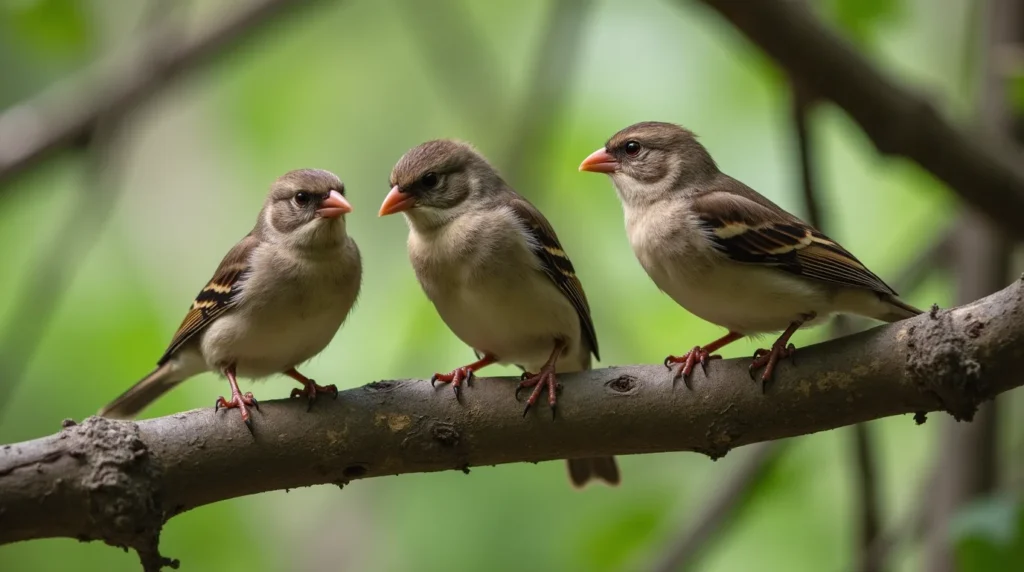
Table of Contents
Salmonella is a serious bacterial infection that can devastating impact on bird health, affecting both wild and captive bird populations. Understanding the symptoms, causes, and treatment of Salmonella in birds is crucial for pet owners, avian enthusiasts, and wildlife caregivers. This comprehensive guide will explore everything you need to know about Salmonella in birds, providing expert insights to help you protect and care for your feathered companions.
What is Salmonella in Birds?
Salmonella is a group of bacteria that can cause severe infectious disease in various bird species. These harmful bacteria can spread quickly through bird populations, potentially leading to significant health complications and even fatality if left untreated. Unlike many infections, Salmonella in birds can be particularly challenging due to its highly contagious nature and ability to survive in different environmental conditions.
7 Critical Symptoms of Salmonella in Birds
1. Lethargy and Weakness
- Noticeable decrease in activity levels
- Birds appear unusually tired and unresponsive
- Significant reduction in normal movement and interaction
2. Digestive Distress
- Diarrhea with distinctive watery or bloody appearance
- Dramatic weight loss
- Reduced appetite and potential complete food refusal
3. Respiratory Complications
- Labored breathing
- Visible respiratory distress
- Frequent mucus discharge from beak or nostrils
4. Ruffled Feathers
- Consistently fluffed and unkempt plumage
- Feathers appear dull and lack normal shine
- Bird seems unable to maintain proper feather maintenance
5. Eye and Nose Discharge
- Cloudy or colored discharge around eyes
- Nasal inflammation
- Potential conjunctivitis symptoms
6. Neurological Symptoms
- Tremors or uncoordinated movements
- Head tilting
- Potential balance issues
7. Physical Deterioration
- Visible muscle weakness
- Significant body condition decline
- Potential organ system failure in advanced stages
Causes of Salmonella in Birds
Transmission Pathways
- Direct contact with infected birds
- Contaminated food and water sources
- Unsanitary living environments
- Contact with infected rodents or insects
- Shared feeding stations in wild bird populations
Risk Factors
- Compromised immune systems
- Overcrowded living conditions
- Poor nutrition
- Lack of proper hygiene
- Stress
Diagnosis and Treatment
Veterinary Diagnosis
- Comprehensive physical examination
- Bacterial culture tests
- Blood work analysis
- Fecal examinations
Treatment Protocols
- Antibiotic therapy
- Supportive care and hydration
- Isolation of infected birds
- Thorough environment sanitization
- Nutritional support
Prevention Strategies
Biosecurity Measures
- Regular cage and habitat cleaning
- Strict hygiene protocols
- Quarantine procedures for new birds
- Regular veterinary check-ups
Nutritional Support
- Balanced diet
- Probiotics
- Immune system boosters
- Clean, fresh water
Recommended Pet Products on Amazon
- Advanced Bird Cage Cleaning Kit
- Avian Probiotic Supplement
- Professional Bird Health Monitoring Thermometer
- Comprehensive Bird First Aid Kit
Frequently Asked Questions (FAQs)
Q1: Can Salmonella in birds spread to humans? Yes, Salmonella can be transmitted from birds to humans, making proper precautions essential.
Q2: How quickly does Salmonella progress in birds? The progression can be rapid, often developing within 3-7 days of initial infection.
Q3: Are certain bird species more susceptible? Domestic and wild birds like finches, sparrows, and pet parakeets are particularly vulnerable.
Q4: What is the survival rate for birds with Salmonella? Early detection and treatment can significantly improve survival chances, with rates varying between 60-80%.
Q5: How often should bird habitats be cleaned? Comprehensive cleaning should occur at least weekly, with daily spot cleaning.
Conclusion
Understanding Salmonella in birds is crucial for maintaining the health and well-being of our feathered friends. By recognizing symptoms early, implementing preventive measures, and seeking professional veterinary care, bird owners can significantly reduce the risks associated with this dangerous bacterial infection.
Share Your Experience: Have you dealt with Salmonella in birds? Leave a comment below and help other bird enthusiasts learn from your experience!
For more expert pet care tips and comprehensive guides, visit BlithePet
Additional Resources
- Avian Veterinary Association Guidelines
- Wild Bird Conservation Networks
- Exotic Pet Health Publications

